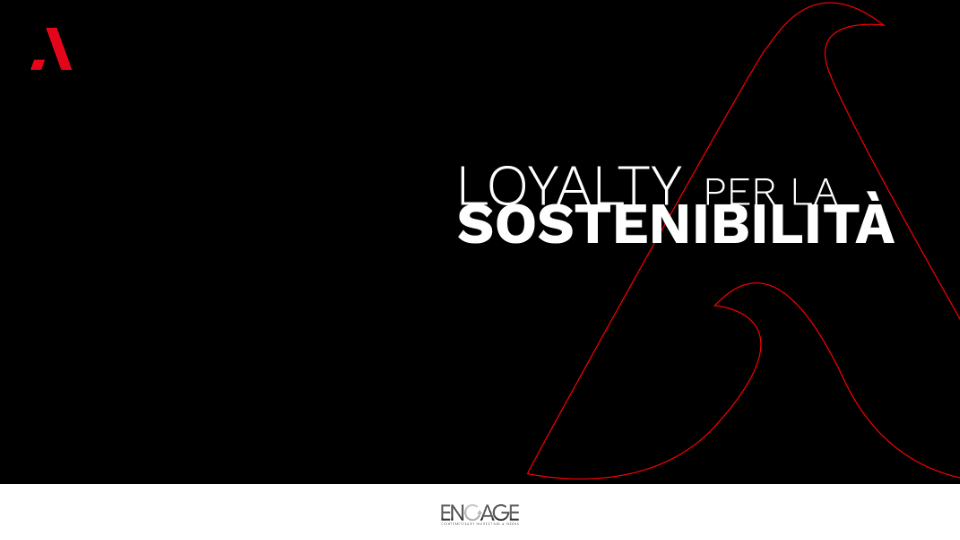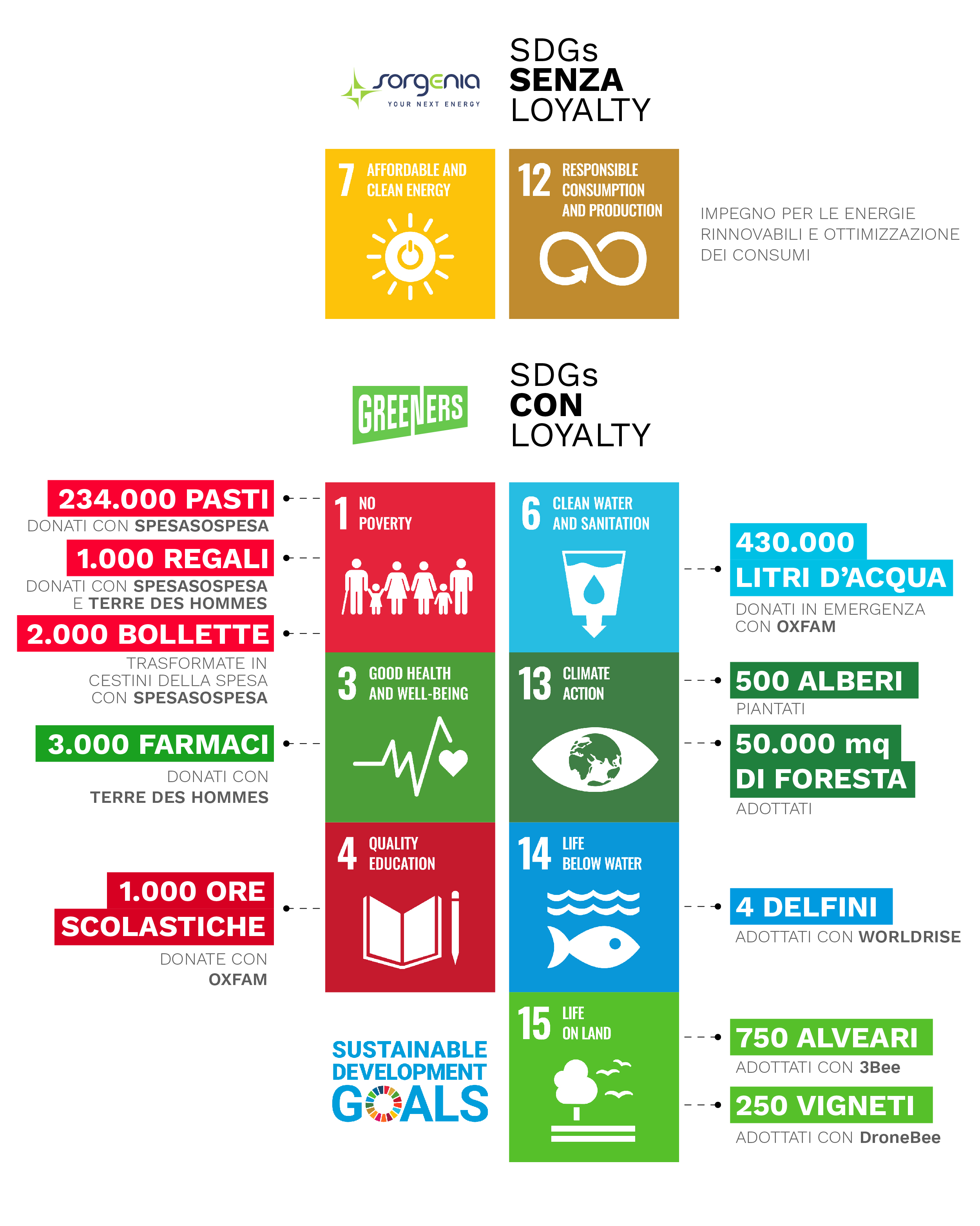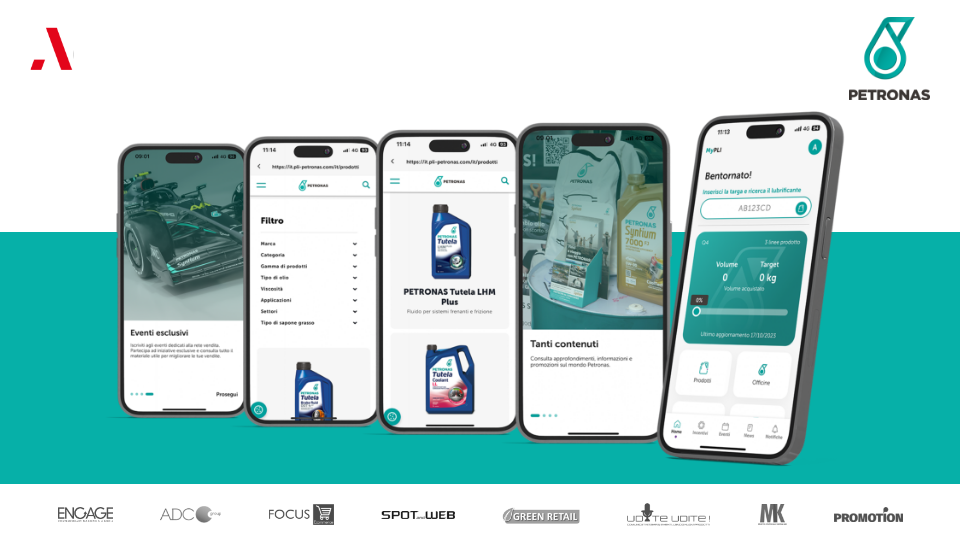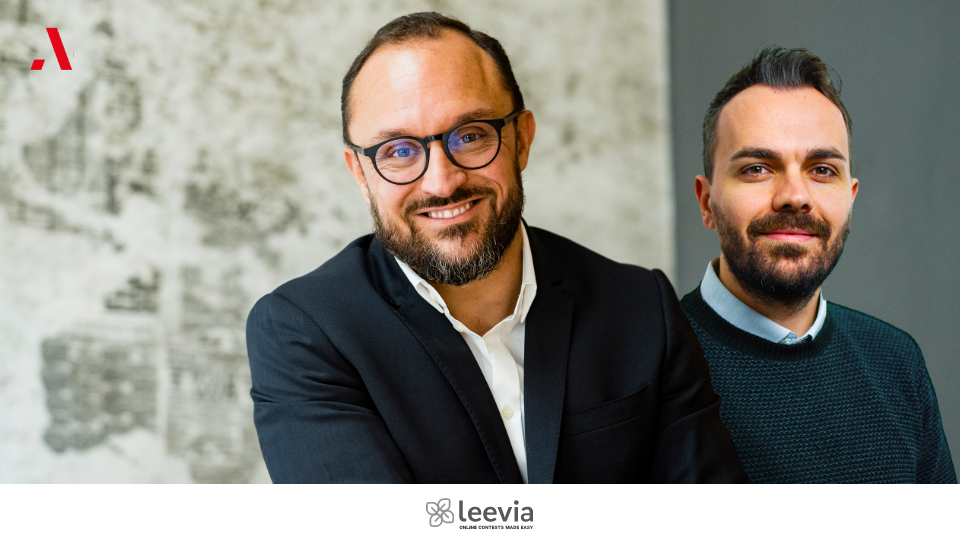Sustainability: a more democratic and inclusive loyalty model. Vision or reality?
From the concept of inclusive, democratic, and sustainable loyalty, to a practical case. How can loyalty and people be the answer to achieving the Sustainable Development Goals dictated by the 2030 Agenda?

ESG is the trend of the moment. Everyone is trying to communicate their commitment to sustainability, striving on the one hand to pursue the goals of the United Nations 2030 Agenda (SDGs) and, on the other, to improve their rating.
Loyalty can be a tool to meet this need, but the path to adopt sustainable behaviours can expose a company to some problems, such as greenwashing.
This is very familiar to a well-known airline that, in order to retain customers (and attract new ones), has promoted carbon offset measures by offering its customers the option to compensate for the CO2 emissions of their flight through a financial contribution. The customer can enter their ticket code and find out how much CO2 was emitted by their flight. The system then tells the customer the amount of financial "compensation" they can choose to pay and allocate to specific sustainability projects, such as planting new trees, the most common one. The company has been sued by environmentalists for a campaign they call misleading, because it aimed to convince consumers that this gesture is sufficient to adequately compensate for environmental damage, whereas scientists assert that the only truly green action in this sector would be to reduce air flights.
This example related to the B2C world raises several questions, the most urgent of which is certainly connected to evaluating the boundary between promoting "green loyalty" actions and supporting one's own business.
What if the answer to achieving sustainability goals was loyalty - in its purest concept, TRUST - and people, in the company-customer-employee triad?
Loyalty that enables sustainability processes
When we talk about SDGs – Sustainable Development Goals, applied to a certain sector, we tend to consider only the objectives that are necessarily connected to the industry in question. So when we talk about the energy sector, we think about renewable energy, when we talk about telco, we think about infrastructure, talking about food means combatting food waste, and so on. But this leads to a short-sighted vision, especially if we can count on a loyalty strategy that focuses on relationships and inclusion. A simple first step could be to stop rewarding only those who spend a lot, a concept contrary to the brand's social responsibility.
Obviously, the loyalty strategy cannot be limited only to tactical activities such as giving customers the opportunity to spend points within a reward catalogue with NGOs among the partners; instead, it involves the construction of a structured relationship pathway that is extended to all types of consumption, making it more relevant and impactful, and that entails concrete activities and consequences that support one or more local or social causes.
An inclusive, democratic, and sustainable concept of loyalty
We are undergoing a new revolution in loyalty.
A few years ago, we witnessed the first major change (which is still underway): the transition from purely transactional loyalty to behavioural loyalty. Some companies in the industry are already successfully implementing strategies that work according to this new paradigm, while others, such as retailers, will naturally have slower adjustment periods.
This first revolution enables us to evaluate and reward users for their ability to relate to a certain brand or make through virtuous actions, thus valuing more than just their spending power (the traditional 1 euro = 1 point equation).
This approach lays the foundations for a loyalty scheme that is inclusive, appealing to a company's entire customer base, and democratic, as each user can be part of a relationship project with the brand beyond their economic potential.
Today, we are experiencing a subsequent transformation of the loyalty model that has to incorporate “value purposes”. The strategy must pursue higher objectives than just business needs, and it must do so by putting people at the center, making them part of the change. This trend, in addition to being necessary, also helps improve the company's public image, as well as targeting customer psychology. Customers will enjoy a positive social perception: their community will view them positively, as part of a project with a socio-environmental impact.
The sustainability trend also brings with it the need to start thinking about circular economy models al all levels. modelli di economia circolare a tutti i livelli. One example out of many is the option to bring used garments back to the store to get benefits in the loyalty programme. This is a model that should be pushed to and applied in all sectors, for example the reuse of product packaging, rather than obtaining exclusive benefits linked to purchasing regenerated products.
Who is doing sustainable loyalty in Italy?
Everyone is talking about it, but few are able to implement strategies along the entire value chain.
When Sorgenia asked itself "how to do its part" in terms of the SDGs, and integrate this purpose into its loyalty project, it had imagined that it could only make a contribution with respect to energy production issues. In the process, however, it discovered that the strategy effectively contributes to pursuing sustainability objectives at all levels. To date, with the support of the Greeners community, Sorgenia has launched plans to protect life on land and in the water, by planting trees and adopting forests, bee hives, vineyards, and dolphins. It has promoted campaigns to combat poverty by supporting education and health, guaranteeing drinking water and medicines and donating shopping baskets. What makes this project special is the heavy involvement of the community that includes both customers and employees, who experience first-hand the sustainability projects carried out by the brand, such as the recent M.A.R.E project or the plogging events.












